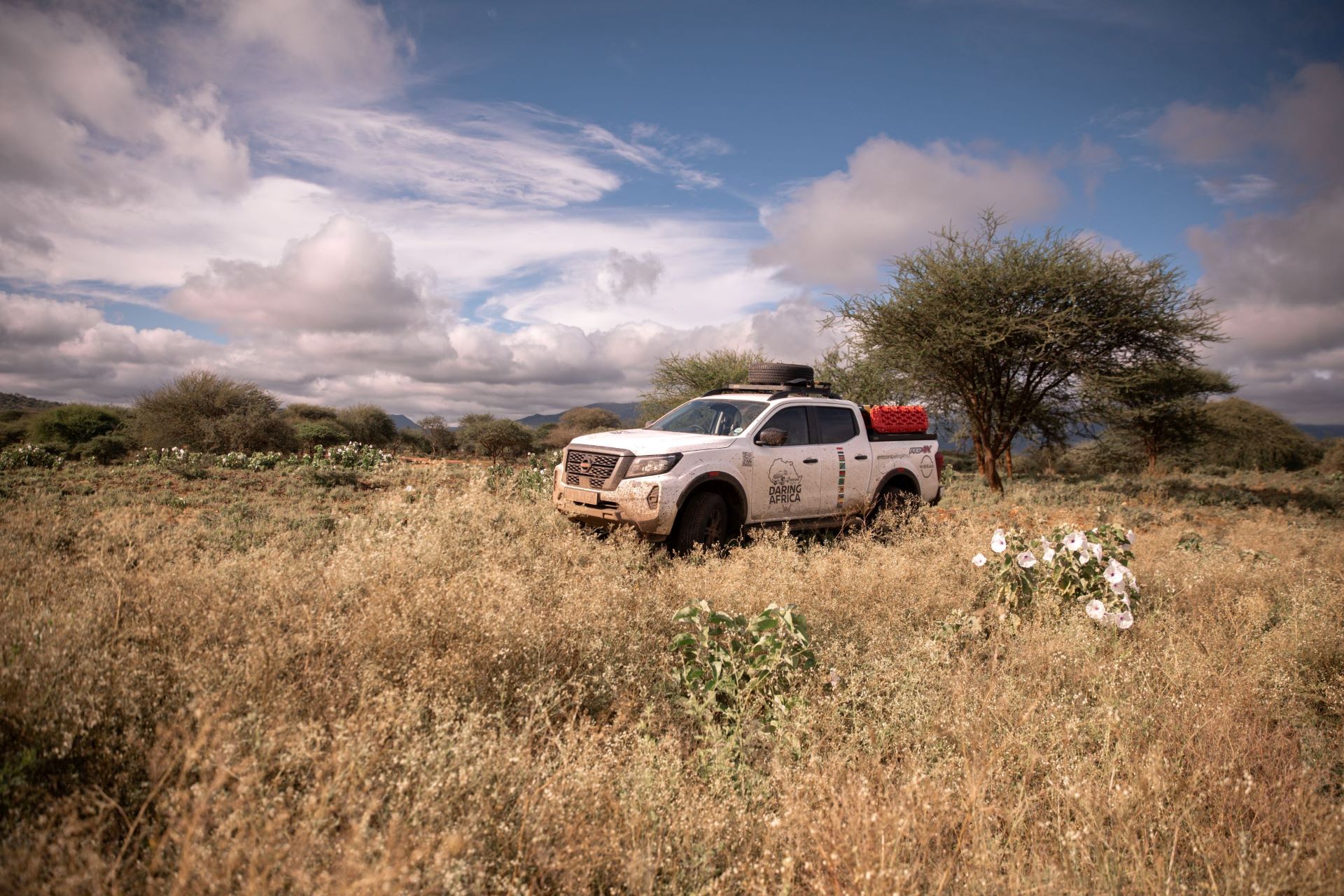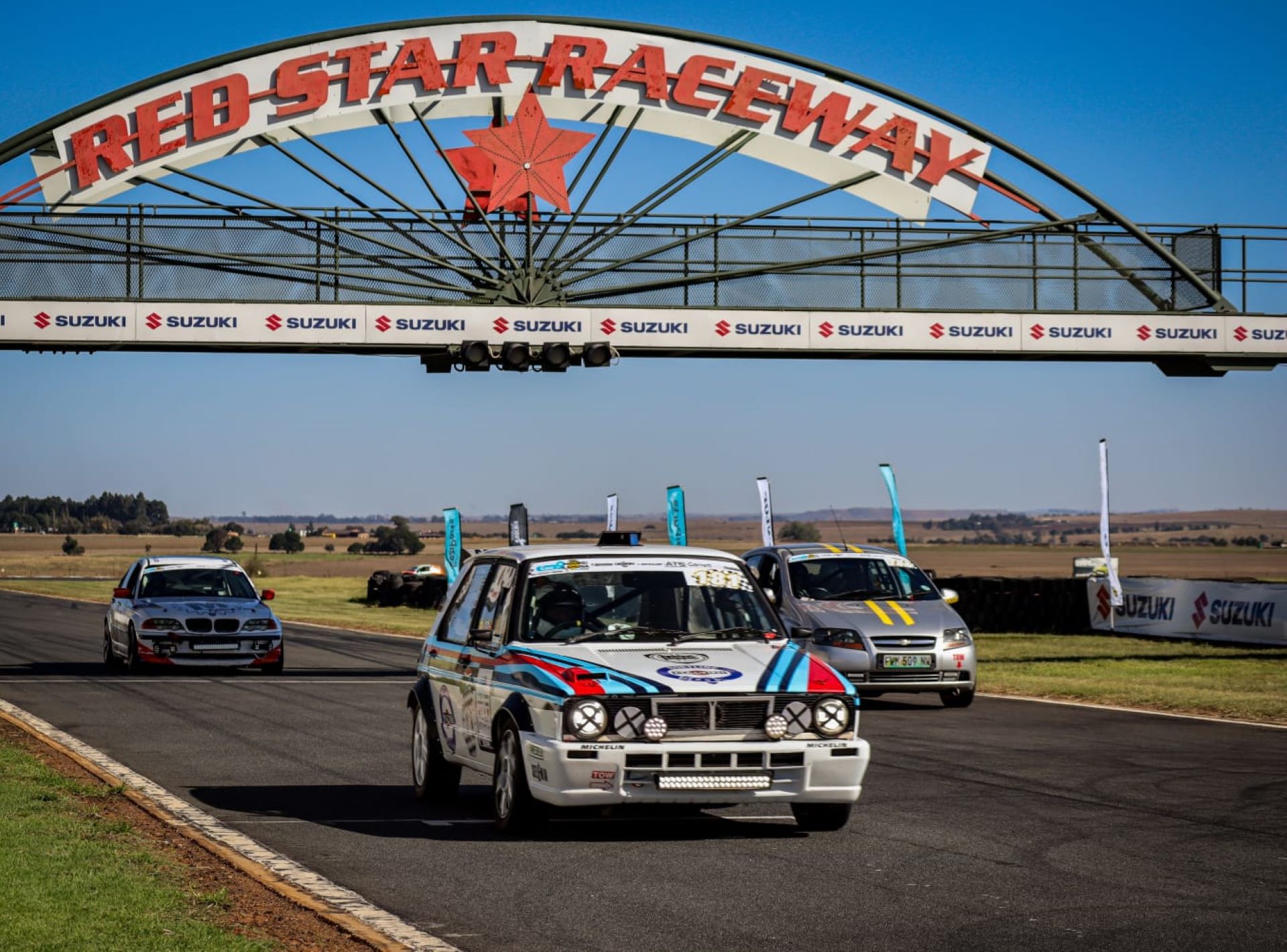Challenging 2014 on the cards for the SA motor industry and consumers, says Standard Bank

The recent announcement by the South African Reserve Bank that the interest rate is to remain unchanged will provide a boost for the automotive industry as it approaches 2014. This as the automotive market place is likely to remain characterised by fluctuating exchange rates, increasing prices and financial pressure on consumers, says Standard Bank.
Speaking at a debate with industry specialists on the trends and challenges facing the SA motor industry at a 2014 People’s Wheels Awards event today, Mr. Sydney Soundy, Head of Vehicle and Asset Finance at Standard Bank, said that while the growth of sales in 2013 is not likely to reach the 6% mark initially predicted (with year to date total sales recording an increase of 5.02% compared to this time last year), sales should continue at respectable levels in 2013 and will show slightly more subdued sales levels during 2014.
He notes that while total NAAMSA sales figures for September had shown a decrease of 3.27% this year, passenger vehicles had shown a 2.31% increase in sales to 39 792 new vehicles over those recorded in August 2013. This was still in line with sales achieved during September 2012 (39 489).
Overall passenger sales for 2013 to date had grown 3.89% to 341 429 passenger vehicles compared to the 328 653 vehicles in 2012, in a market that had been dominated by particular financial and consumer pressures.
“Interest rate levels have played a key role in sustaining the demand for new vehicles during 2013. This is not likely to change as we approach 2014. People already considering buying vehicles will do so, in the anticipation that rates will remain steady for the medium-term,” Mr. Soundy says.
“Service and maintenance plans also contribute to containing motoring costs that are associated with lack of regular service and maintenance on vehicles. As monthly payment costs are relatively stable, the risk of unforeseen higher costs of repairs is reduced. Consumers have also been encouraged to improve replacement cycles of their vehicles, thanks to these plans.”
The pre-owned car market can also be expected to benefit from the flow of fairly low-mileage, recent model cars on to the market. Sales in this sector could be boosted in 2014 by buyers who opt for pre-owned vehicles as a strategy to stay in the top brand, luxury vehicles of their choice, rather than buy new and downgrade to smaller models to stay within their budgets.
Although vehicle prices will rise during 2014, consumers who plan ahead and regard a set percentage of their monthly budgets as a constant for car payments, are likely to continue buying new vehicles.
“There will be consumers who are unable to increase the level of their payments in the year ahead, due to cost pressures and the probability that annual salary increases will be lower than anticipated. These people will still buy new cars, but will likely downscale purchases,” said Mr. Soundy.
Assessing the broader health of the market, Mr. Soundy notes that concerns regarding the bursting of a lending bubble, leading to a major rise in repossessions and a drop in sales, were not a major factor at this stage.
“Standard Bank has not experienced an undue increase in repossessions during 2013. We are however cognisant of the pressures faced by the consumers, depicted by high debt to disposable income levels. Consumers have been responding to economic pressures by consolidating their debts and reducing spending in other areas, so that they can continue to buy the vehicles of their choices.”
Issues that are likely to weigh on the mind of the average driver in 2014 are increased running costs, including toll fees and the price of diesel and petrol.
”Since January 2004 the price of fuel in South Africa has risen by 252% in petrol and 276% in diesel. Therefore, while there could be fuel cost fluctuations next year, no real relief in these prices will be forthcoming,” Mr. Soundy says.
“The rand has strengthened slightly against the dollar and other international currencies in recent weeks. If this trend continues, vehicle inflation levels could be contained and will impact favourably on the costs of imported spare parts, tyres and original equipment. However, given the volatility of the currency, there is a strong likelihood that costs of imported items will be pushed up during 2014,” he says.
While the ‘green tax’ on carbon emissions that is levied on personal vehicles is also likely to increase, it is not likely to have a major impact on sales, as it is already included in the sale price of a vehicle.
Mr. Soundy says that technology has allowed for many changes in smaller vehicles over the years. Once viewed as budget options, and attractive due to low fuel consumption, these vehicles now offer features such as air conditioning, air bags and electric windows as standard, making their finish comparable to those formerly found in more expensive vehicles.
“The price tags of these vehicles, their high spec levels, reduced fuel consumption and maintenance costs, make them attractive alternatives to larger vehicles. Sales have been steadily increasing in this sector of the market and will continue to do so during 2014.”
In the international arena, Mr. Soundy notes that financial pressures in global markets continue to play a major role in vehicle sales, with South African exports diminishing. These and other forces have seen manufacturers looking for alliances to increase production and decrease costs.
“The trend for manufacturers to create partnerships accelerated during 2013 and will continue during 2014 and beyond. One of the most prominent examples is that between Renault-Nissan and Daimler AG, which is becoming increasingly global.
The partnership, which began in 2010, recently increased to ten significant projects, including major initiatives from North America to Japan. In addition, relevant business units are working together in best-practice sharing and other forms of cooperation.
“The benefits of these alliances could potentially be felt in South Africa through cost containments that will inevitably feed back into the local market and reduce potential price increases,” Mr. Soundy concluded.


